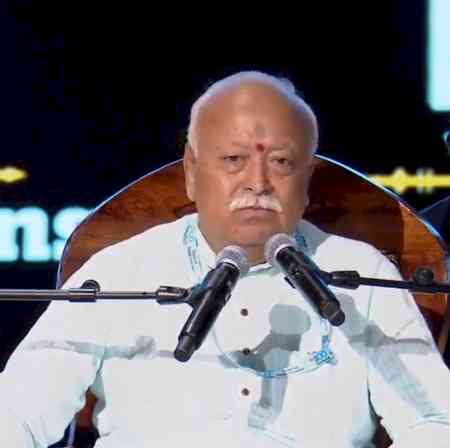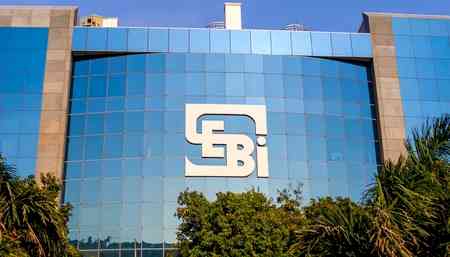Centre sets ball rolling on monetisation of power transmission assets
The Central Electricity Authority (CEA) has circulated a concept note to the Forum of Regulators, a joint body of central and state electricity regulatory commissions, to outline the key aspects for monetising public sector transmission assets.

New Delhi, Nov 9 (IANS) The Central Electricity Authority (CEA) has circulated a concept note to the Forum of Regulators, a joint body of central and state electricity regulatory commissions, to outline the key aspects for monetising public sector transmission assets.
This proposal comes under the Acquire, Operate, Maintain, and Transfer (AOMT) model of the Public Private Partnership (PPP) framework that was issued by the Power Ministry in 2022. It allows the temporary transfer of public transmission assets to private entities for a defined period, aiming to enhance efficiency and unlock the financial value of existing infrastructure as part of the government’s asset monetisation strategy.
The proposed framework will be adopted by state electricity regulators to promote transmission asset monetisation. It aims to help determine tariffs in a manner that provides investors with reasonable revenue certainty and transparency over project details at the time of bidding. A clear and stable tariff structure is seen as essential for attracting investor confidence and ensuring financial viability for both public and private stakeholders.
During earlier discussions, state governments raised concerns about revenue certainty, tax implications, and payment security for intra-state transmission charges.
Taking this into account, the concept note observes that the initiative involves multiple complexities that need careful consideration before implementation. One of the main areas of focus is the tariff structure of the assets and the impact of taxes during the process of transfer. The model requires a systematic process starting from identifying the assets suitable for monetisation. For those assets that come under the Regulated Tariff Mechanism (RTM), a demerger process will have to be carried out to create a separate Special Purpose Vehicle (SPV). Once the SPV is formed, it must obtain a license from the respective State Electricity Regulatory Commission (SERC) to continue its operations under the AOMT model.
To ensure transparency and credibility in the process, the concept note specifies the appointment of several external professionals. A technical consultant will be engaged to perform technical due diligence of the assets, ensuring they are in suitable condition for transfer. An independent valuer will be responsible for conducting a financial valuation to determine the fair value of the assets.
The document also underscores the importance of detailed legal documentation to support the monetisation process. Key agreements include the transfer agreement between the seller and buyer, the transmission service agreement, and the definition of the tenure for which the assets will remain under private operation.
It observes that one of the key challenges posed by the state transmission utilities and investors is related to predictable cash flow for monetised assets. Intra-state transmission projects mostly cover Real Time Market (RTM) assets, and the electricity regulator fixes tariffs for these assets for each control block based on norms.
--IANS
sps/vd


 IANS
IANS 










